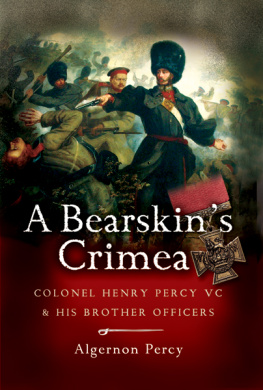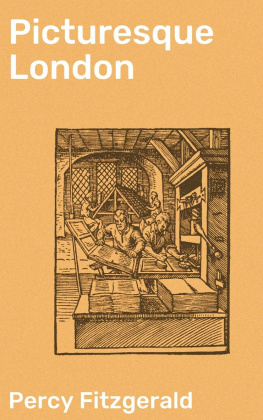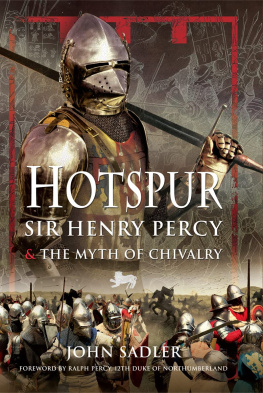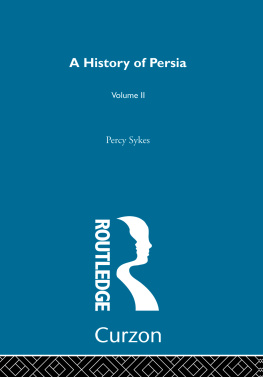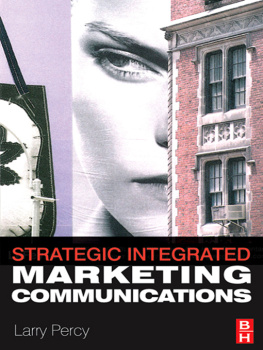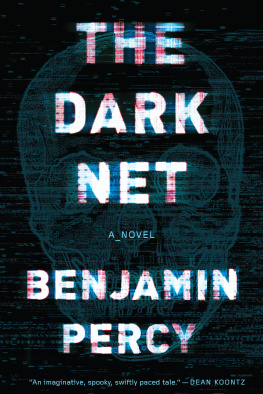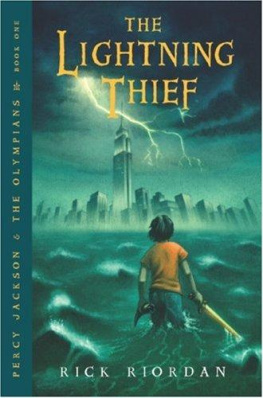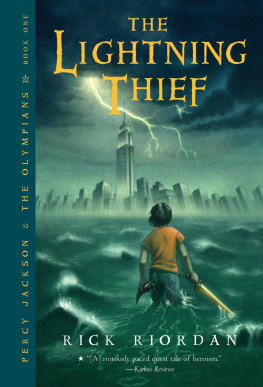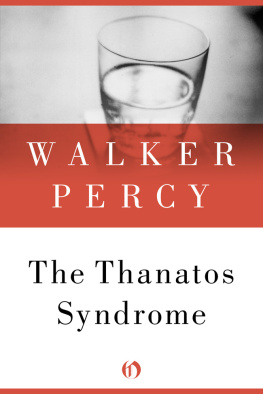
First published in Great Britain in 2005 by
Leo Cooper
an imprint of
Pen & Sword Books Ltd
47 Church Street
Barnsley
South Yorkshire
S70 2AS
Copyright Algernon Percy 2005
ISBN 1 84415 309 6
Print ISBN: 978-1-84415-643-6
ePub ISBN: 9781844688609
The right of Algernon Percy to be identified as Author of this Work has
been asserted by him in accordance with the Copyright,
Designs and Patents Act 1988.
A CIP catalogue record for this book is
available from the British Library.
All rights reserved. No part of this book may be reproduced or transmitted
in any form or by any means, electronic or mechanical including
photocopying, recording or by any information storage and retrieval
system, without permission from the Publisher in writing.
Typeset in 11/13 Sabon by
Phoenix Typesetting, Auldgirth, Dumfriesshire
Printed and bound in England by
CPI UK
Pen & Sword Books Ltd incorporates the imprints of Pen & Sword
Aviation, Pen & Sword Maritime, Pen & Sword Military, Wharncliffe
Local History, Pen & Sword Select, Pen & Sword Military Classics and
Leo Cooper.
For a complete list of Pen & Sword titles please contact
PEN & SWORD BOOKS LIMITED
47 Church Street, Barnsley, South Yorkshire, S70 2AS, England
E-mail:
Website: www.pen-and-sword.co.uk
DEDICATED
TO THE MEMORY OF GEORGE,
9TH DUKE OF NORTHUMBERLAND,
LIEUTENANT, GRENADIER GUARDS.
KILLED IN ACTION, FLANDERS,
21 MAY 1940
Foreword
by
Patrick Mercer OBE, MP
More than any other battlefield that I have visited, Inkerman remains unchanged. The broken hillside, gullies, low brush and, often, foggy weather makes it almost identical to the field over which Henry Percy charged in November 1854. The epicentre, though, of the battle was the once famous Sandbag Battery. It was here that Henry Percy fought alongside his Grenadiers and was wounded again whilst still recovering from the bullet through his sword arm that he received on 20 September at the Alma.
If you force your way through the thick, young fir you can still find the remains of the Battery. It is now a low earth bank with a couple of embrasures just evident, but if you scuff your boot along the ground buttons, buckles and even bits of broken bayonet are still there. Look a little further and human bones peep out of the grass. Just here Russians and Britons fought a medieval combat. The tide of killing swept back and forth throughout the day and in the middle of this mle was Percy.
I cant recommend this book too highly. Percy emerges as, above all else, a principled, determined young man who cared deeply for his soldiers and the honour of his Regiment. His courage was justly rewarded with one of the first Victoria Crosses, but his letters put flesh on his bones. Irascible, intolerant certainly, but Percy leaps from these pages as a real Victorian who was able to brush off physical pain, hardship and danger. The incompetence of his leaders, however, is another matter. This hurts him more surely than any Muscovite blade.
In May 1940 another Percy charged another enemy on the other side of the continent. They may have been separated by time and geography, but the two young men could have been almost one. George, 9th Duke of Northumberland, died at the head of his platoon of Grenadiers in the desperate fighting before Dunkirk. At the time it was mooted that he would be awarded the Victoria Cross, but, in the event, one of his men, a young Nottinghamshire soldier, Lance Corporal Nicholls, gained the award. Whether Georges courage was rewarded is irrelevant for I have no doubt that his forebear Henry was looking down with a quiet smile of satisfaction and family pride.
This book gives the real feel of the Crimea from the eyes of a regimental officer. He knew little of the politics, the stratgey or the diplomacy. But he knew plenty about the fighting and the men of both sides who had to do it. I have learnt a huge amount from this splendid book.
First and foremost I must thank those who have provided me with my primary sources: most importantly the Duke of Northumberland for giving me unfettered access to Henry Percys papers. In addition, the Earl of Leven and Melville, Lord Balgonie, Viscount Ridley, Sir Charles Fergusson Bt., Egerton Skipwith and Brioni Armitage have been as generous in their hospitality as they have been enthusiastic about allowing me to inspect their family artefacts. I am very grateful also to Clare Baxter and Colin Shrimpton of the archives department at Alnwick Castle, and I am indebted to Major General Bernard Gordon Lennox, Lieutenant Colonel Conway Seymour, the late Captain Mason and Majors Eastwood and Woodfield of the Grenadier Guards. Joan Soole, who helps the Grenadiers with their archives, has been incredibly tolerant of what must have seemed an endless quest by me to leave no stone unturned. Captain David Horn, curator of the Guards Museum, has also been most helpful. My thanks too to Alastair Massie of the National Army Museum for allowing me to include extracts from Camerons and Hoods papers, and the staff there who have helped me particularly Joanna Quill in their picture Library. I am also very grateful to the Countess of Derby and her father, Lord Braybrooke, for facilitating my enquiries into their forebears, the Neville brothers. In addition, Gareth Hughes of English Heritage, Kira Charatan of Cadogan Estates and Michael Springman have been very accommodating, as have been Staffordshire and Bedfordshire County Councils. My cousin Diana de Cabarrus did a fine job in assisting me ferret around in the National Newspaper Archives and the British Library for material on our mutual forebear. My step-sister, Jane Ridley, kindly corroborated the tentative information I had about Henry Percys meetings with Queen Victoria and the Prince of Wales.
I am grateful to Christopher Hibbert for granting me permission to reproduce a passage from The Destruction of Lord Raglan (Longman 1961), and to Constable & Robinson Ltd for permission to quote from Hugh Smalls Florence Nightingale: Avenging Angel (Constable 1998).
The illustrations for this book have come from a variety of sources. Plate 8 is reproduced with the kind permission of Lord Braybrooke and English Heritage. Plates 2, 11, 13, 14, 15, 16, 17, 18, 19, 21, 24, 30, 32, 33, 34 and 35 are reproduced by permission of the Director, National Army Museum, London and plates 9, 12, 23, 29 and 31 are from the Gernsheim Collection, Harry Ransom Humanities Research Centre, the University of Texas at Austin. The picture on the front cover is by courtesy of the Grenadier Guards. It hangs in the conference room at Horse Guards and proved to be extremely difficult to photograph. Without the assistance of the photographer, Sergeant Michael Harvey, RLC, I would not have been able to reproduce it.
The original impetus for this book came from two visits to the Crimea in 2003. The first could not have happened without Giles Howson, who was then living in Kiev and who not only provided me with a reason for going to the Ukraine in the first place, but made my somewhat amateur first trip to the Crimea possible. Sir Julian Pagets advice and maps made the expedition all the more worthwhile, and without my companions, Charlotte Eagar and William and Natasha Ramsay, I might never have made it back! My second visit was entirely at the behest of Patrick Mercer, and organized by Ian Fletcher. With them I met Harry Turner, who has generously allowed me to reprint the poem The Gallant Grenadier from his book, Wrapped in Whirlwinds: Poems of the Crimean War (Spellmount, 2005).
In my attempt to turn all this material into a publishable book, I have surely had more assistance than most authors can dream of. Colonel Oliver Lindsay, editor of
Next page
